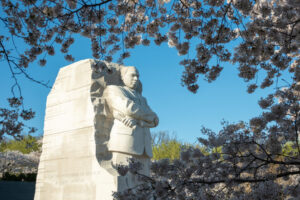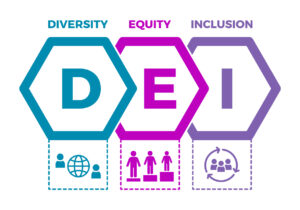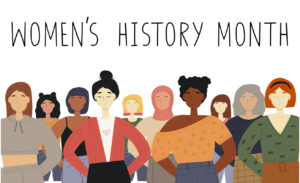How can communicators expand diversity in their thought leadership efforts?
Experts from Hotwire share tips on how to elevate diverse spokespeople in your organization.

Thought leadership can be a powerful tool for PR pros to earn media coverage, strengthen their corporate reputation and establish themselves as trusted industry sources.
When it comes to selecting spokespeople, however, there has long been a lack of diversity and equal representation. We spoke to Heather Kernahan, North American CEO of Hotwire, about how communicators can help address the lack of diverse representation of organizations in the U.S. and around the world.
1. When it comes to thought leadership in the media, what disparities are seen when it comes to race and identity
Kernahan: We know from an analysis by Talkwalker, which was conducted for the Close the Say Gap program with the PR Council, that women were quoted in 32.9% of U.S. media coverage during a six month period and men were featured in 67.1%. Communications leaders should make a concerted effort to not only think about the messaging but who can deliver it.
I have to believe that analysis by race and identify would see similar disparity. Racial and ethnic minorities make up about 40% of the U.S. population according to Pew Research and we should see a mirroring of our population in the media and who is quoted. I’ve seen a slight change in representation in the past couple of months, but there is more we can do to seek out diverse voices.
2. What are a few ways we can elevate diverse voices within our organizations?
Kernahan: To make a difference right now, choose 1-2 women and/or non-White employees and media train them to be spokespeople. Communication leads should be prepared to possibly face resistance if you choose people outside your executive team, so be prepared to tie this action to your company’s vision, values and commitment to diversity, equity and inclusion. If your work includes developing and messaging your organization’s values and purpose, that is a perfect tie-in to elevating diverse voices. Review who communicates inside and outside your company and change the ratio by inviting new diverse voices to be showcased.
3. What does it mean to be a thought leader in 2020–and how does race and identity factor into that?
Kernahan: To be a thought leader in 2020 means expressing your expertise and showcasing your insight and knowledge. The definition hasn’t changed but the expectation of who is a thought leader has.
There is an expectation that we’ll hear from more thought leaders from across races and identity groups. As a population, we’re sick of seeing a majority of one race and sex as the leaders in our industry. That is a tired, outdated system and as communicators we can directly influence the development of a new system that puts diverse voices into the leadership and influence spotlight.
To learn more from Heather about how you can identify and elevate diverse thought leaders in your organization, join her for a special lightning talk at Ragan’s Future of Communications Virtual Conference, Nov. 10-11.







